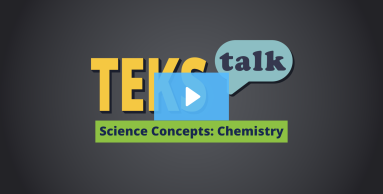
Knowledge and Skills Statement
Research
Craig, Norman C. and Cortland S. Hill. "Do-It-Yourself Experiments for the Instructional Laboratory." Journal of Chemical Education 89, no. 6 (2012): 755. https://www.proquest.com/scholarly-journals/do-yourself-experiments-instructional-laboratory/docview/1013851691/se-2
Summary: In a new design for experiments in general chemistry, students perform proven experiments to gain experience with techniques for about two-thirds of a laboratory session and then spend the last part in the do-it-yourself component, applying the techniques to an experiment of their own design. An emphasis on classifying inorganic reactions as acid-base, redox, complexation, and precipitation supports this program. The do-it-yourself component engages students in design and interpretation within a reasonable framework.
Research
Macrakis, Kristie, Elizabeth K. Bell, Dale Perry, and Ryan D. Sweeder. "Invisible Ink Revealed: Concept, Context, and Chemical Principles of "Cold War" Writing." Journal of Chemical Education 89, no. 4 (2012): 529-532. https://www.proquest.com/scholarly-journals/invisible-ink-revealed-concept-context-chemical/docview/935597878/se-2
Summary: By modifying secret writing formulas uncovered from the archives of the East German Ministry of State Security (MfS or Stasi), a novel general chemistry secret writing laboratory was developed. The laboratory combines science and history, highlighting several fundamental chemical principles related to the writing. These include catalysis, redox reactions, kinetics, complex formation-precipitation, and acid-base reactions. After a background historical presentation, students don the mantle of counterintelligence to discover the location of a terrorist bomb on campus.
